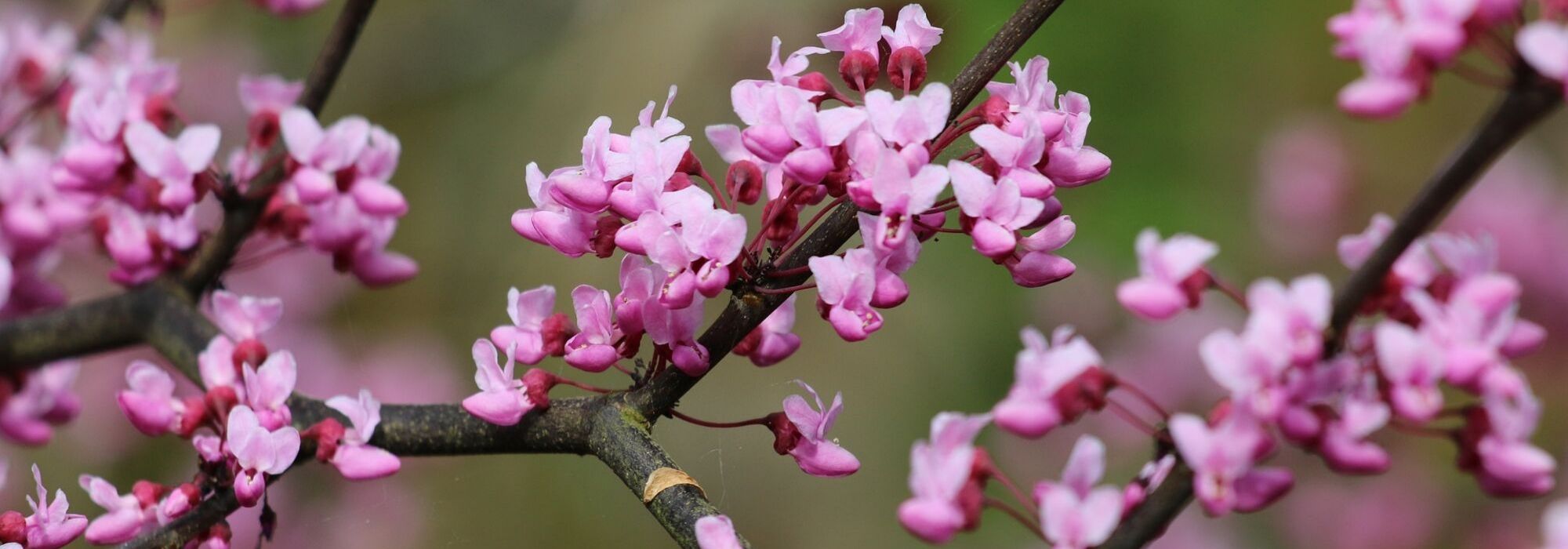
Trees with flowers: 7 essentials for the garden
remarkable varieties for their flowering
Contents
There is always a good reason to plant a tree: for the birth of the newest arrival (son or daughter…), to give structure to the garden, to provide shade, to hide an unsightly feature of the landscape or, quite simply, to have a tree of one’s own! But, when it comes to adding flowers to the garden, trees are not necessarily the first thing that comes to mind. So here is a selection of remarkable flowering trees essential for any garden.
Virginia tulip tree, Liriodendron tulipifera
Tulip tree, Liriodendron tulipifera, is a large tree from America that stands out in several ways. It is highly sought after for its flowering but also for its characteristic foliage. Made up of large lobed leaves shaped like a lyre (hence its Latin name), it turns golden yellow in autumn. Its cup-shaped flowers appear in late spring and summer; they are slightly scented and melliferous. However, note that this flowering requires patience: tulip trees do not flower until they reach around 15 years of age. Finally, bear in mind this is a large tree that can reach 25 metres in height in our climate: think carefully before choosing the best place to plant it.
- Cultivation: full sun or partial shade, in rich, well-drained soil – hardiness: -15 °C
Read also
7 trees for small gardensDavidia, Handkerchief Tree
Davidia is an exceptional tree that offers an astonishing flowering, like small white handkerchiefs suspended in the air. It flowers from a young age, in May–June, and its flowers bear large white bracts that stand out elegantly against its green foliage, sometimes variegated for some varieties such as ‘Lady Sunshine’. Reaching around ten metres in height, this collection tree is not particularly difficult to grow and clearly needs a prime position, planted alone in your garden.
- Culture: in non-scorching sun or partial shade, in humus-bearing soil, cool and well drained – hardiness: -15 °C, at least
→ discover our range of handkerchief trees as well as our advice to grow them in our factsheet “Davidia, handkerchief tree: planting, pruning, care”
Discover other Trees and large shrubs
View all →Available in 0 sizes
Available in 1 sizes
Available in 1 sizes
Available in 1 sizes
Available in 1 sizes
Available in 1 sizes
Available in 1 sizes
Available in 1 sizes
Available in 2 sizes
Available in 1 sizes
Paulownia, Imperial Tree
With very large heart-shaped foliage, Paulownia tomentosa makes a very handsome shade tree in summer. It is in spring, in April–May, that it is particularly noticeable, when it bears its long clusters of mauve bell-shaped flowers on its naked wood. This magnificent flowering gives way, in autumn, to small dry fruits (capsules) that are also decorative. With very rapid growth and a spreading habit, Paulownia easily reaches 12 metres high by 10 metres wide. It is therefore more suited to large gardens.
- Cultivation: in full sun or partial shade, in any deep, well-drained soil – hardiness: – 15 °C
→ discover paulownias available in our nursery
Magnolias
Magnolias form a large family that includes both bushes and small trees. Their foliage can be deciduous or evergreen and all display admirable flowering, in spring or summer. Main difficulty with Magnolia is certainly making a choice! Among our favourites are the Magnolia grandiflora ‘D.D. Blanchard’, a variety that stands out for its pyramidal habit (15 metres tall at maturity), its evergreen leaves with a reddish-brown underside and above all, its large summer flowers. Tulip-shaped, they give off a delightful lemon scent.
- Cultivation: in full sun in deep, cool soil, preferably neutral to slightly acidic – hardiness: -15 °C
→ discover our superb collection of magnolias, deciduous or evergreen as well as our tips to grow them in our factsheet “Magnolias: planting, pruning, maintenance”
Judas tree, Cercis siliquastrum
Also called “gainier”, Judas tree is a must-have, especially in small gardens. Reaching 8–10 metres at maturity, it fits easily into compact spaces. Its purplish-pink spring flowering is spectacular. It occurs in April–May, on naked wood, on branches and even, over time, directly on the trunk. Its papilionaceous flowers are fragrant. It has heart-shaped foliage, bluish-green in summer then golden in autumn.
- Culture: in full sun in any type of soil, even dry or poor – hardiness: -10 °C
→ discover our range of Cercis as well as our tips to grow them in our fact sheet “Judas tree, Cercis: planting, pruning and maintenance”
Albizia, called Bristle Tree
Covered in flowers in summer, Albizia is a small tree much appreciated for its very finely divided foliage, which can be green or purplish. It bears, in July–August, delicate, silky flowers. Its umbrella habit is also an asset: it is the ideal shape for creating shade in the garden. Undemanding, it is easy to grow in mild climate and adapts perfectly well to coastal gardens.
- Culture: in full sun, in light soil even poor and sandy – hardiness: -5 °C to -15 °C, depending on varieties and age of plant
→ discover our different varieties of Albizia as well as our tips to to grow them in our fact sheet “Albizia, silk tree: plant, prune and maintain”
Cornus florida, American flowering dogwood
Still relatively little known to the general public, Cornus florida is a large bush with a single trunk that forms a small, very ornamental tree. It is loved for its spreading habit, its slightly zen charm and, above all, for its abundant flowering in spring (May to June). As with Judas tree and Paulownia, its flowers appear slightly before the leaves and take the form of large bracts, white or pink, depending on the variety. In autumn, they give way to pretty red berries while its foliage takes on warm colours. This charming small tree thrives particularly well in warm, humid climates. It nevertheless shows very good hardiness, allowing it to be grown in all climates.
- Cultivation: in full sun, in cool, non-calcareous soil – hardiness: – 20 °C
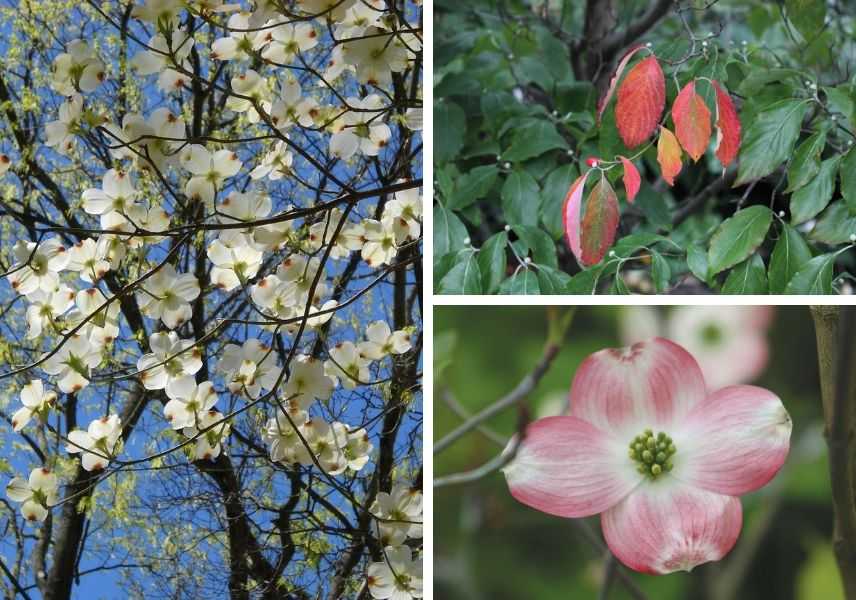
Cornus florida, autumn foliage of Cornus florida “Cherokee Chief” and flowers of Cornus florida rubra
→ discover our superb collection of Flowering dogwoods as well as our advice for growing them in our fact sheet “Flowering dogwoods: planting, pruning and maintenance”
- Subscribe!
- Contents
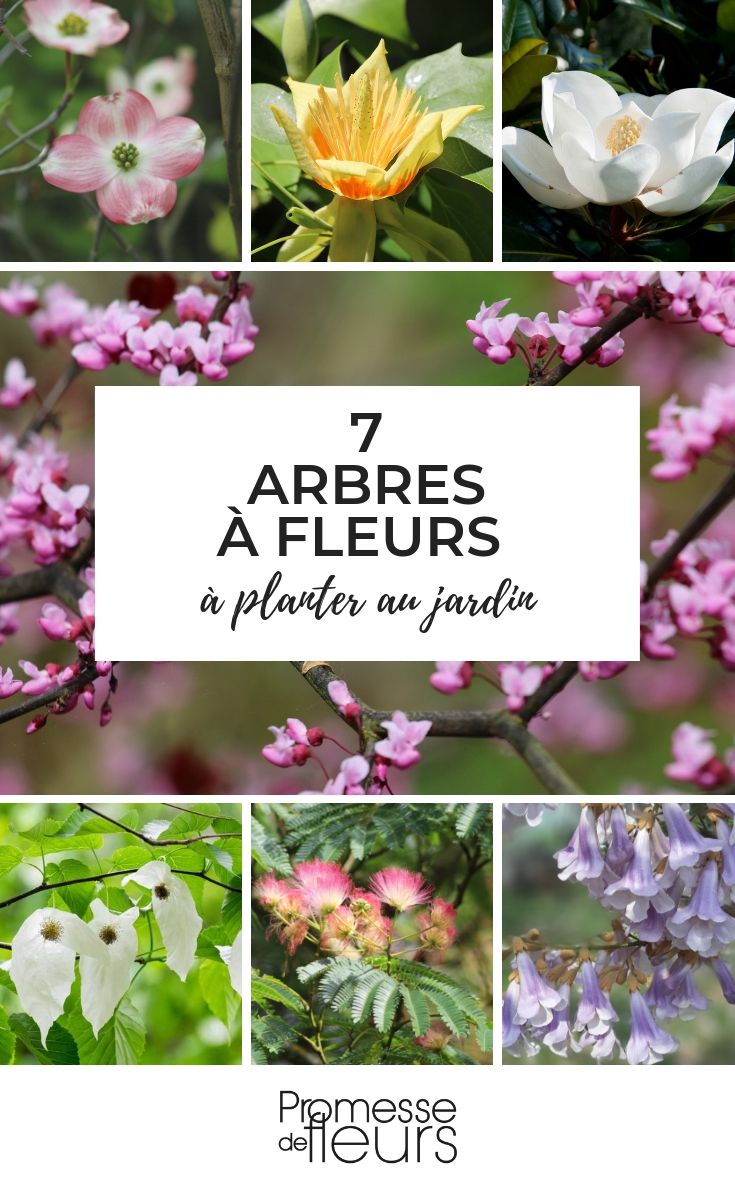































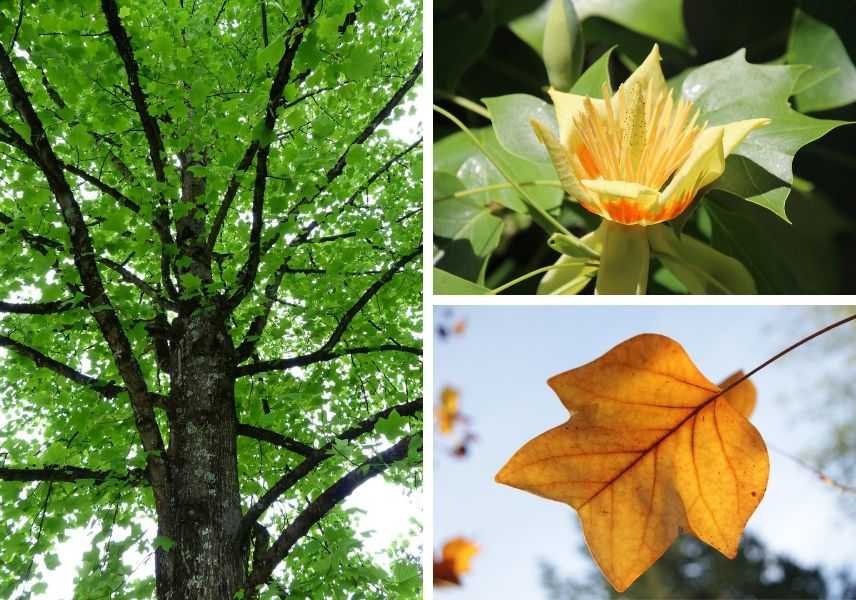
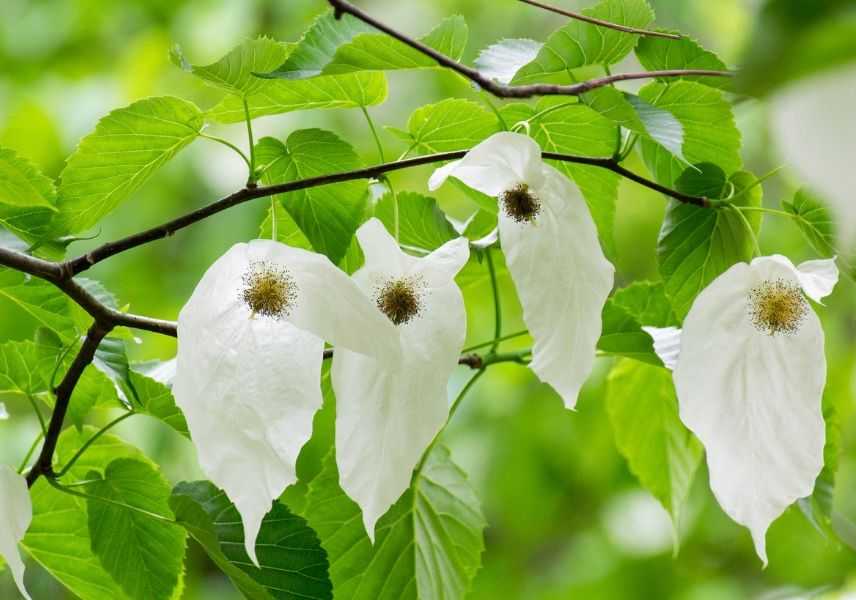



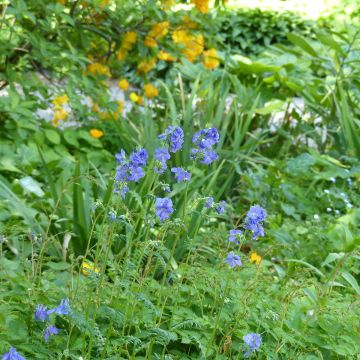
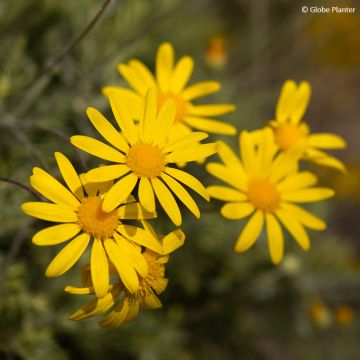
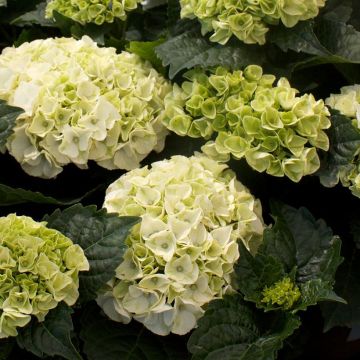
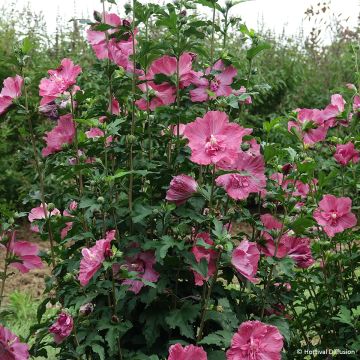



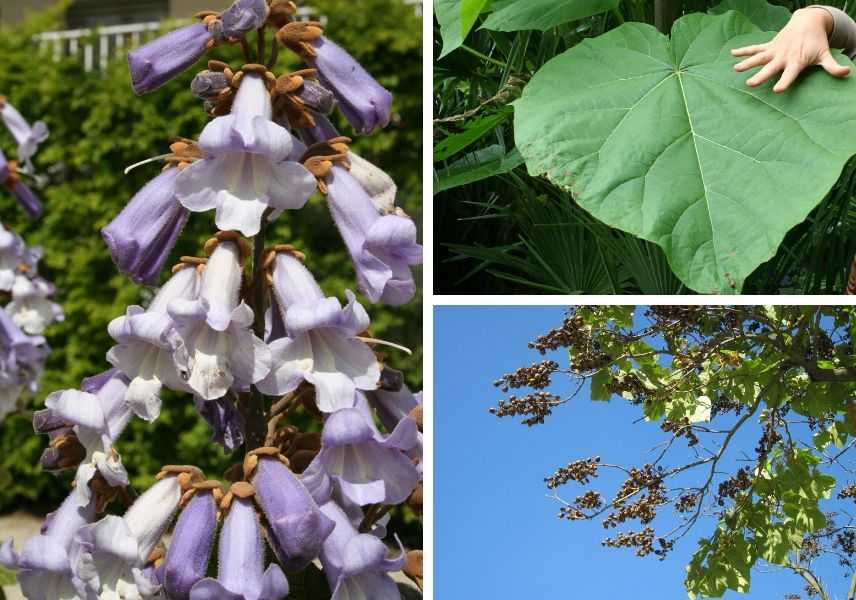
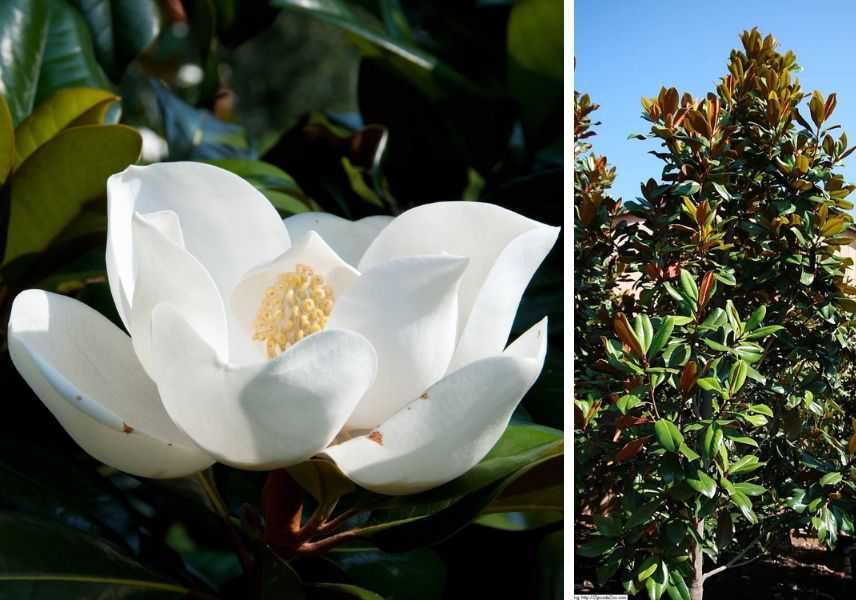
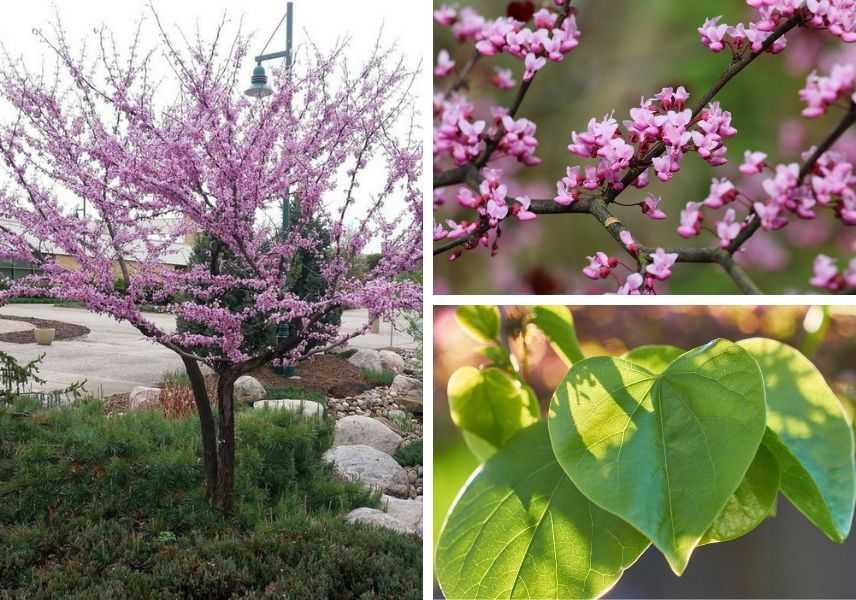
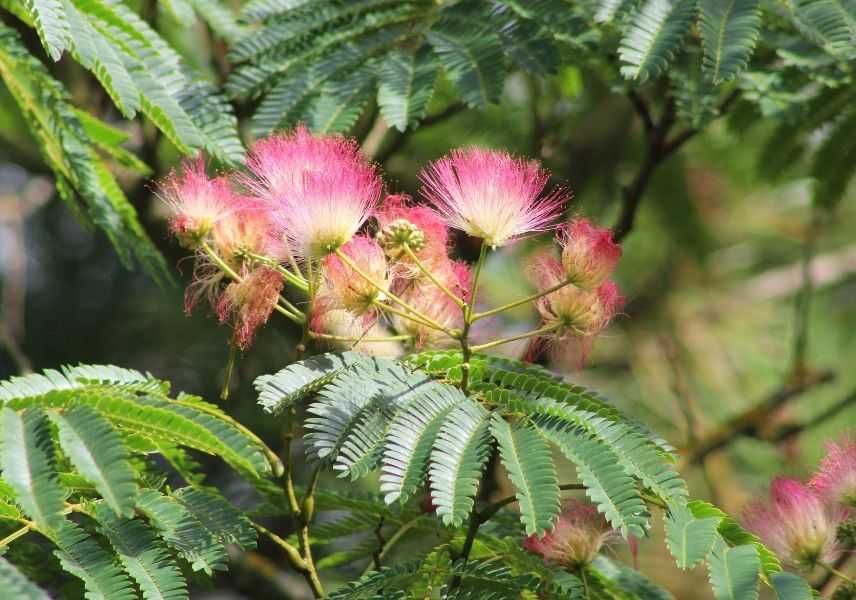
Comments